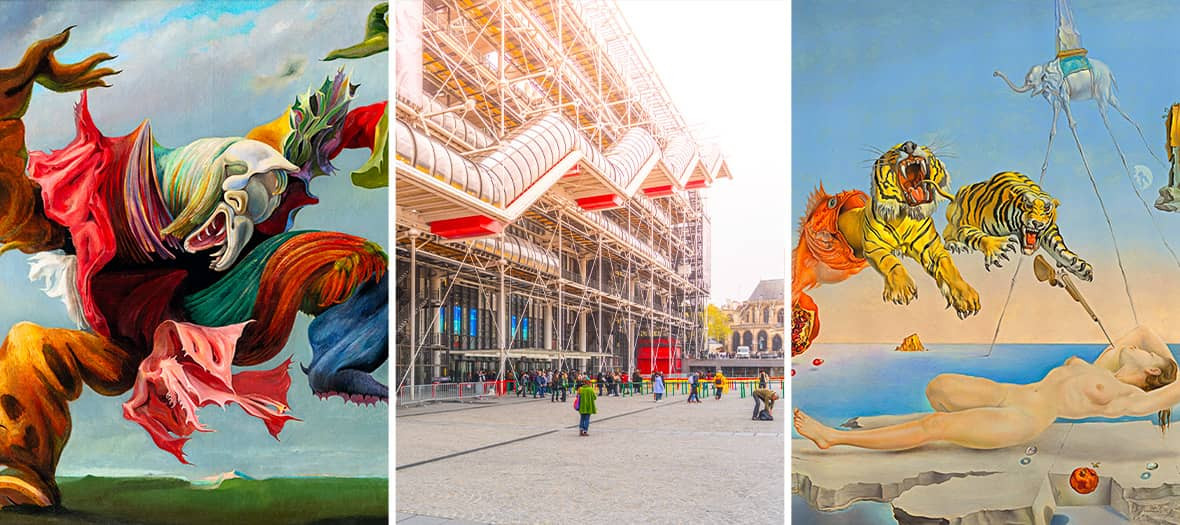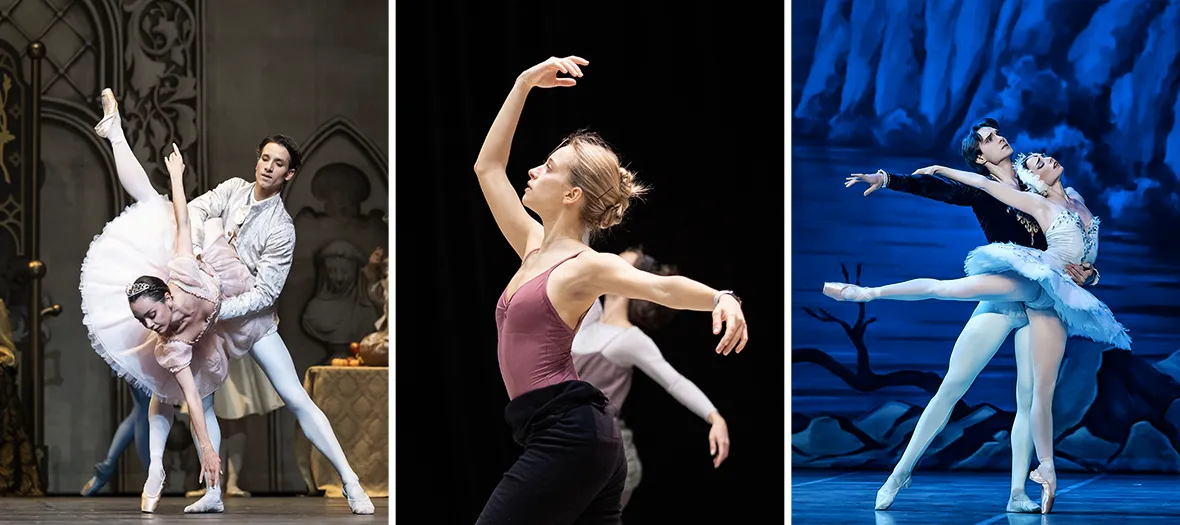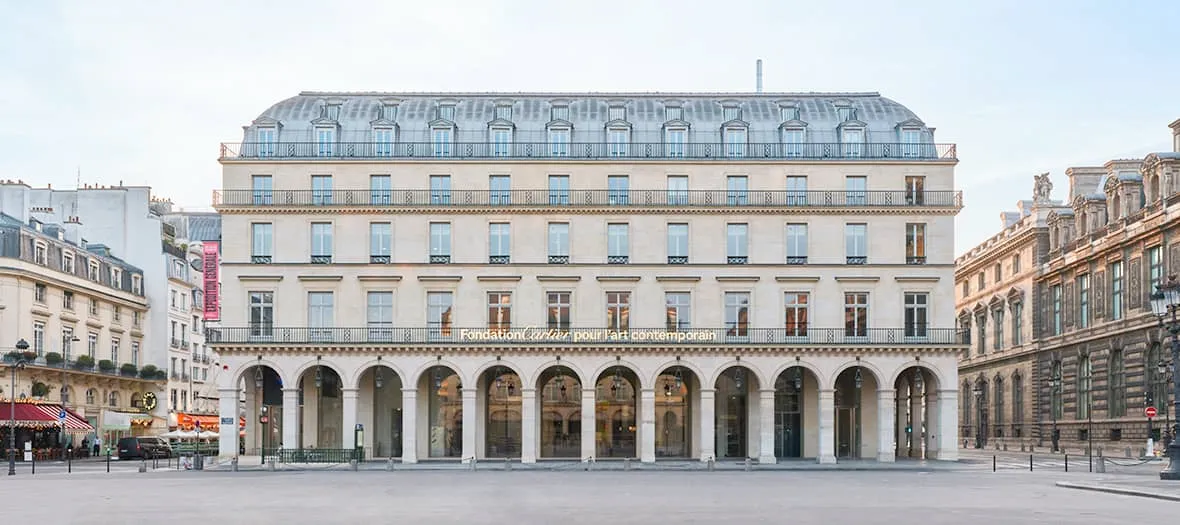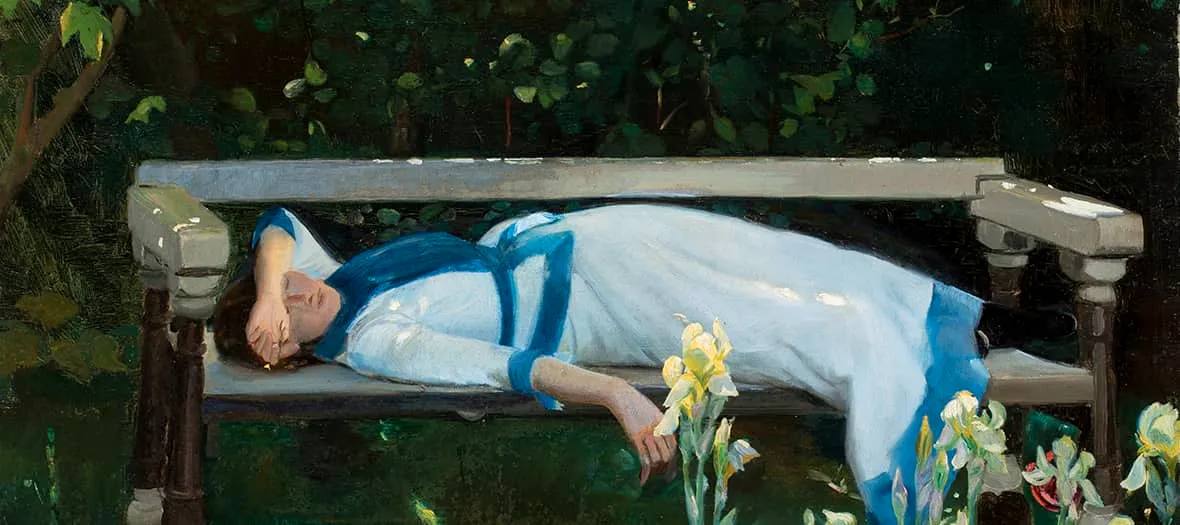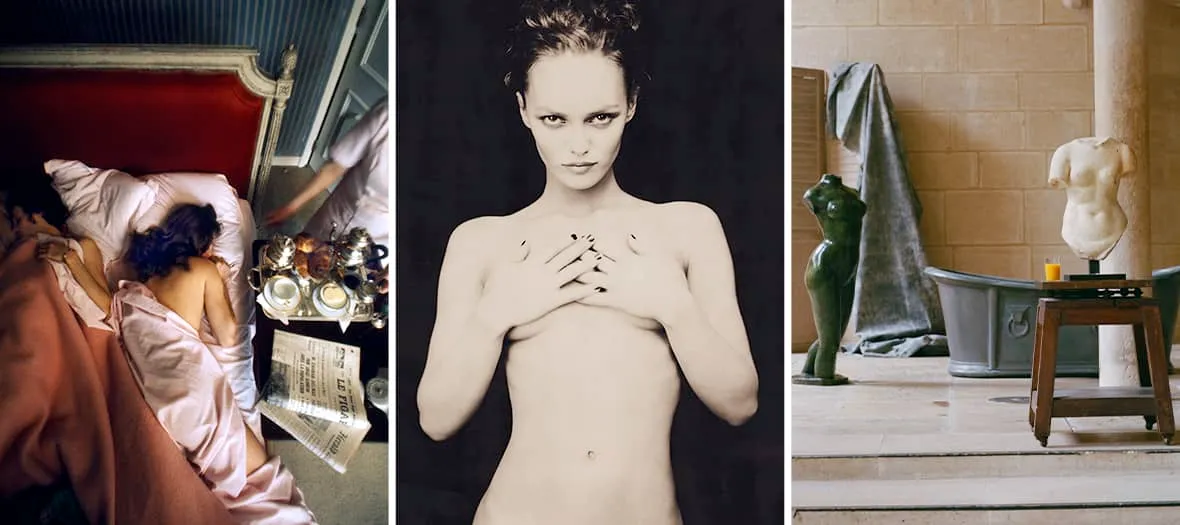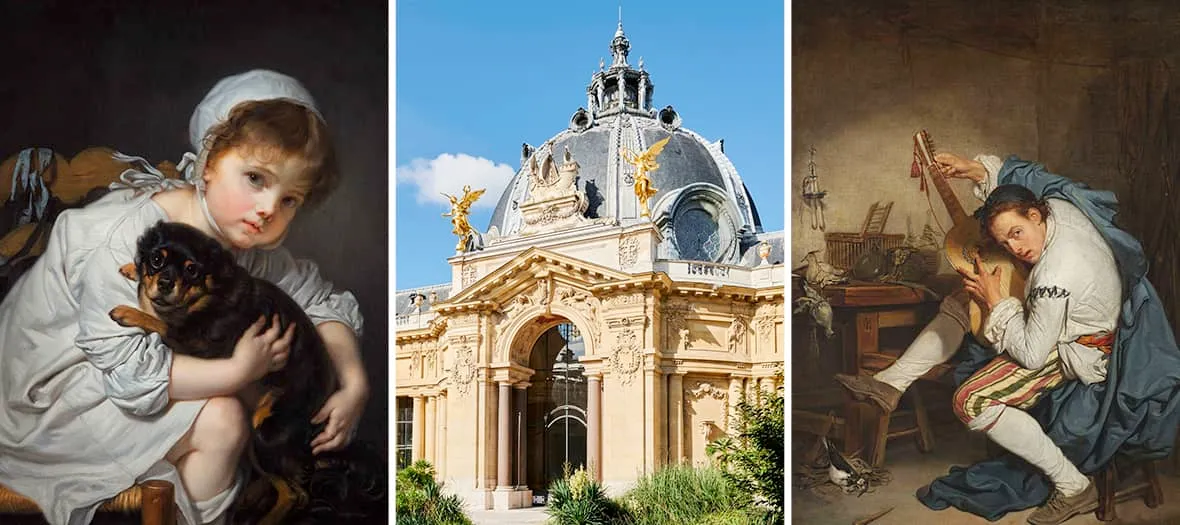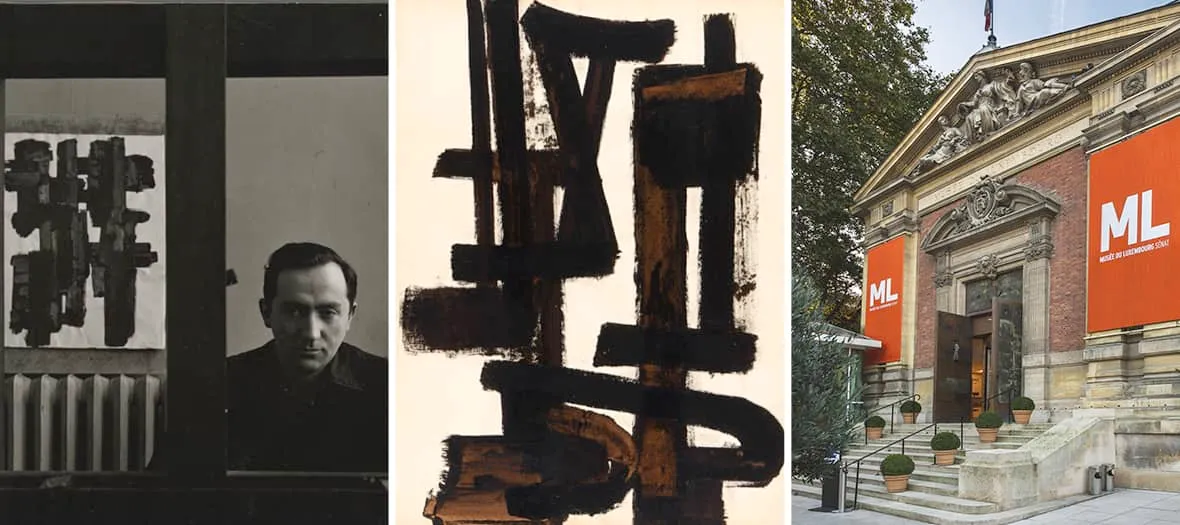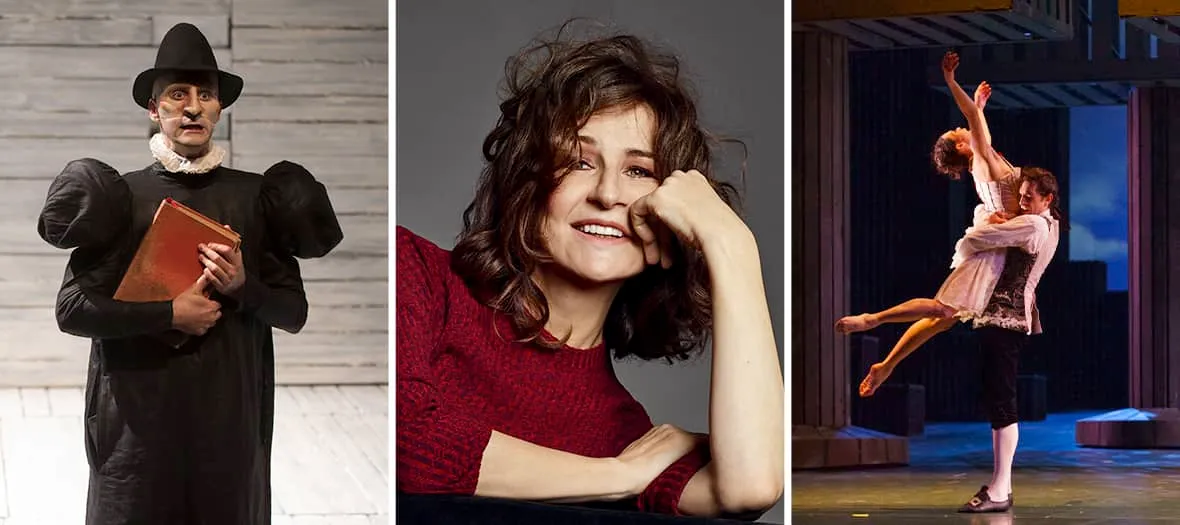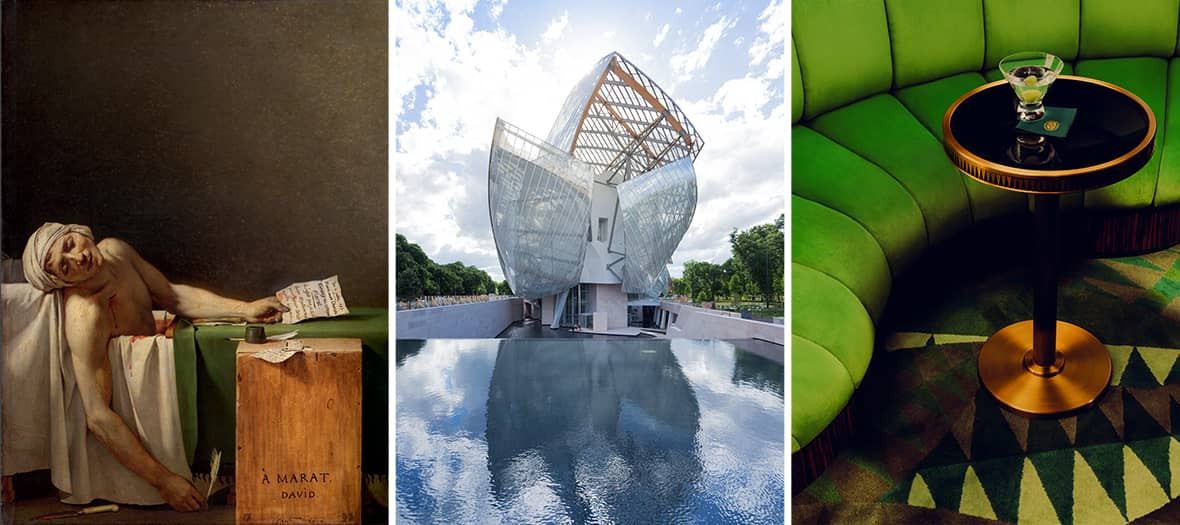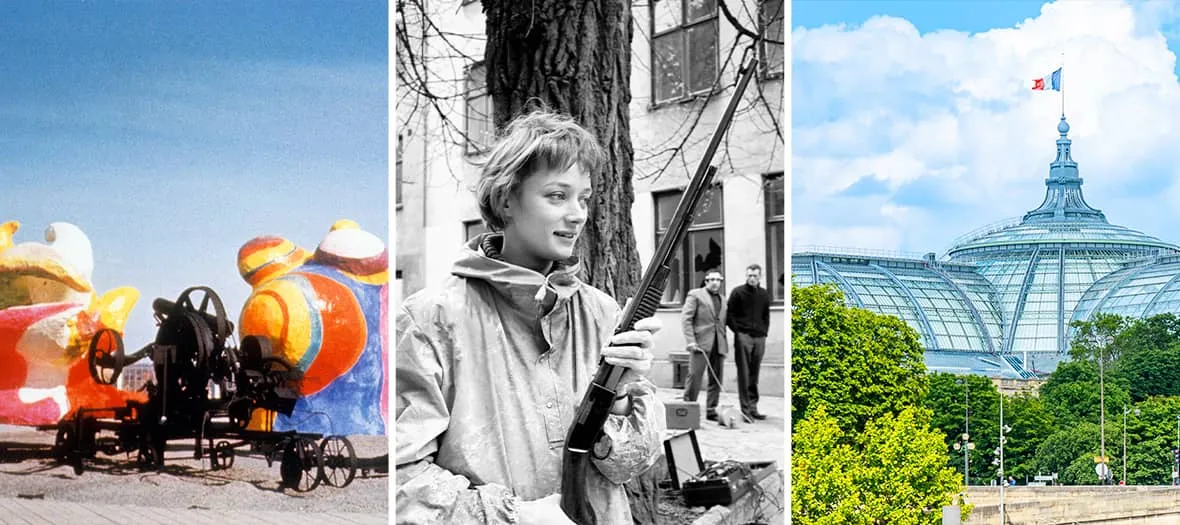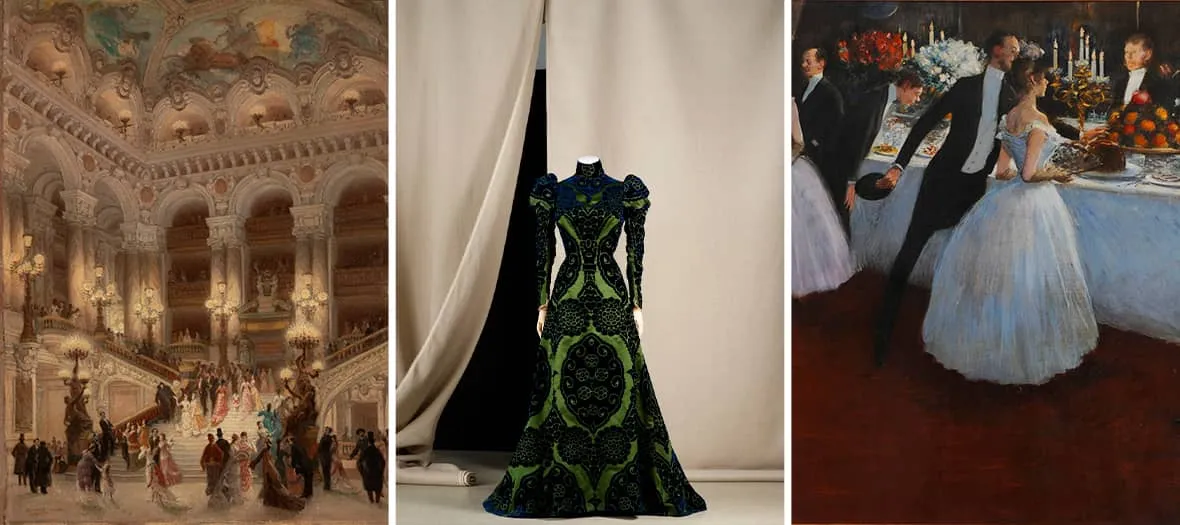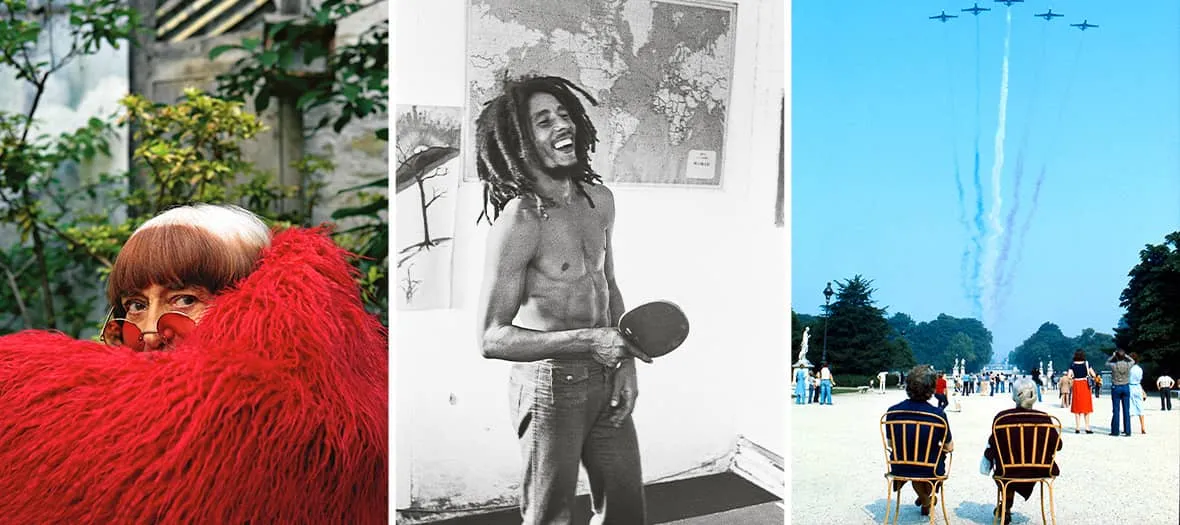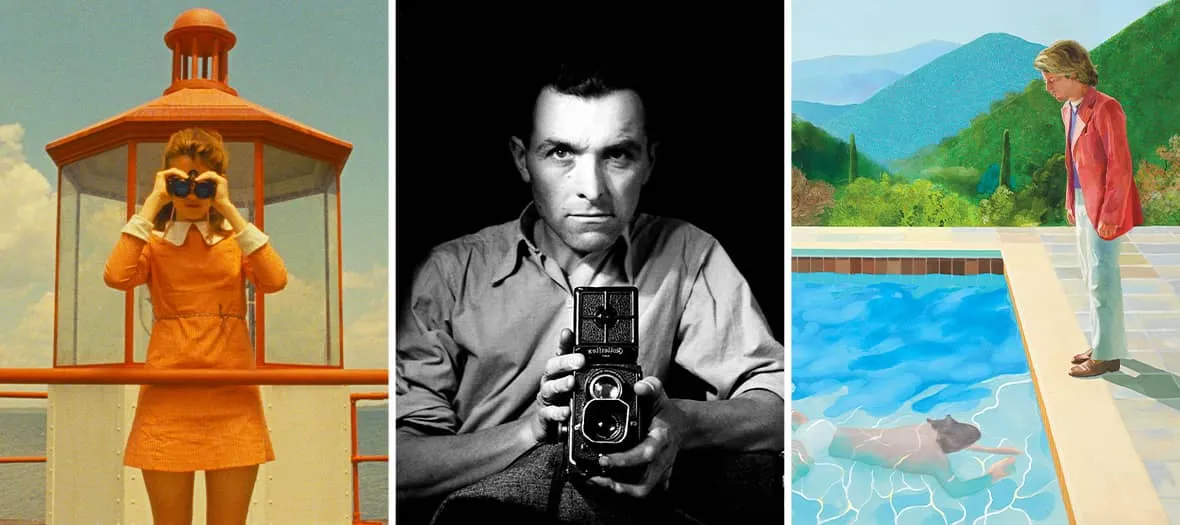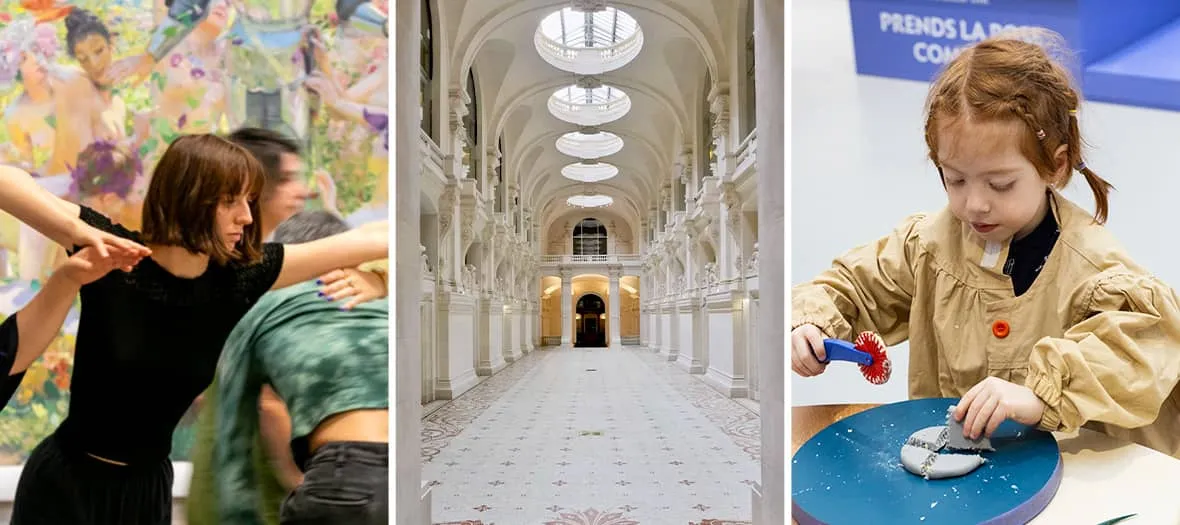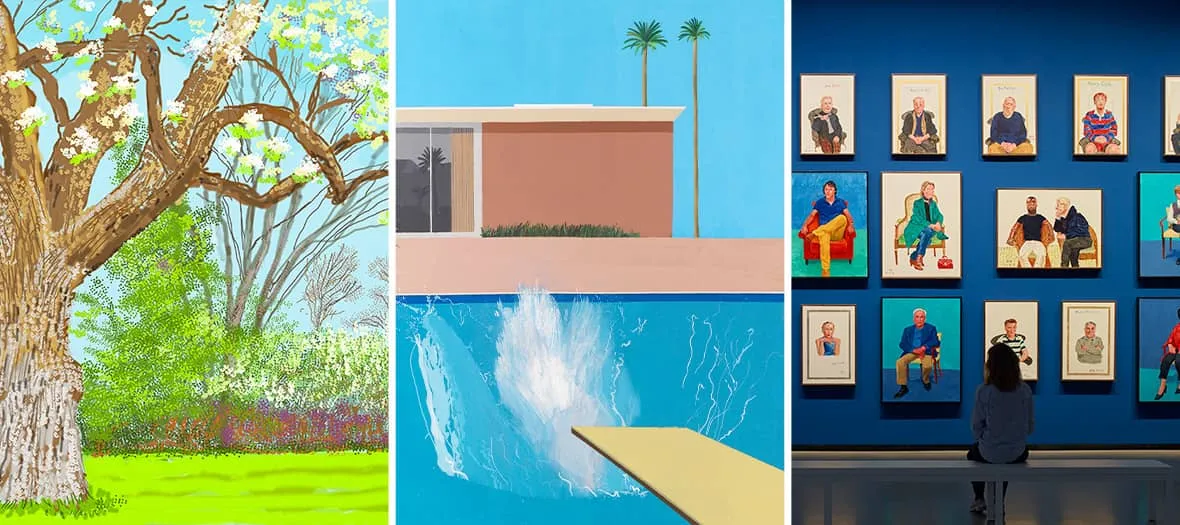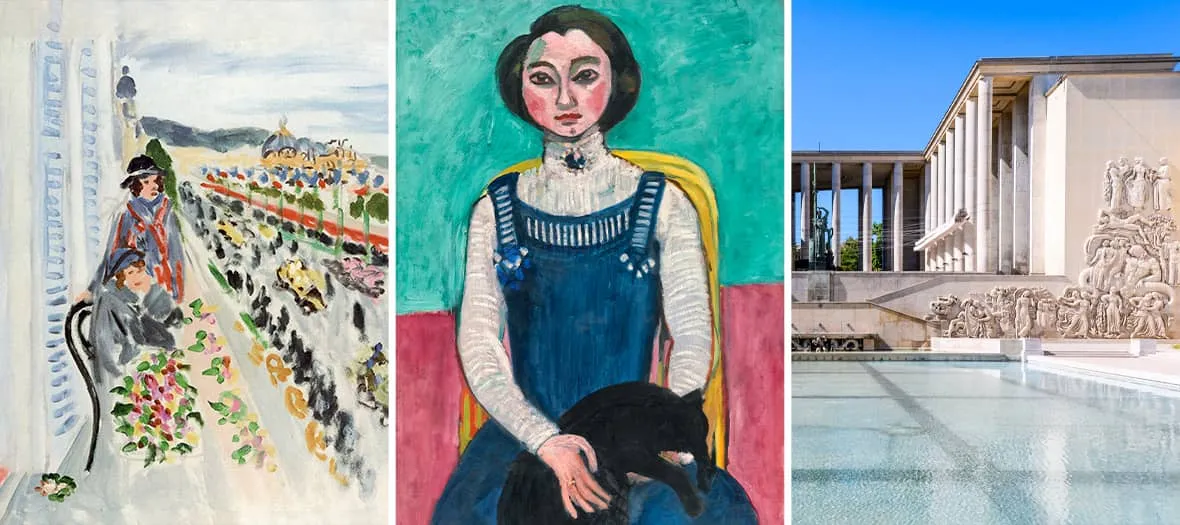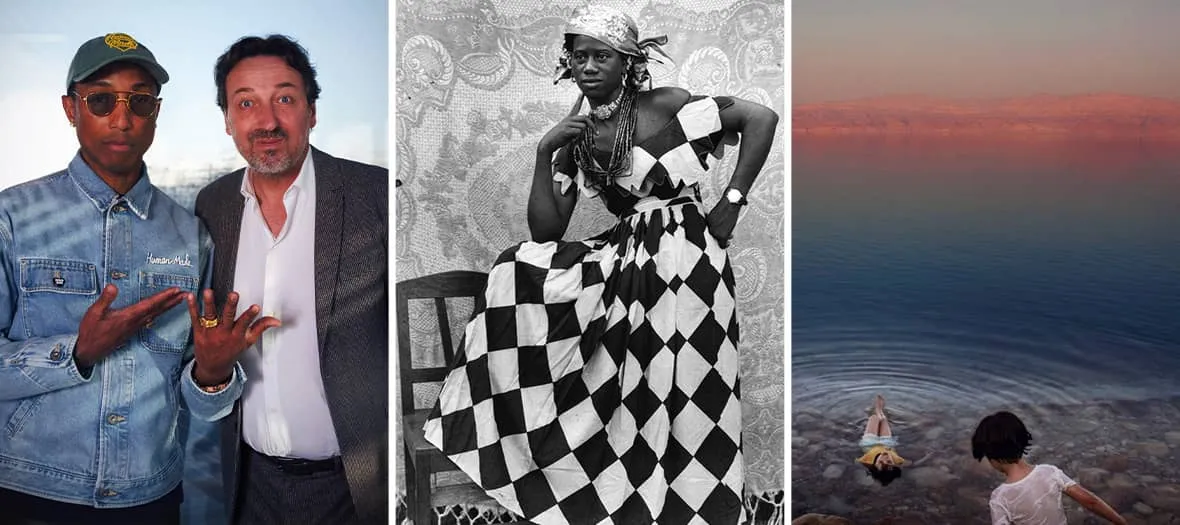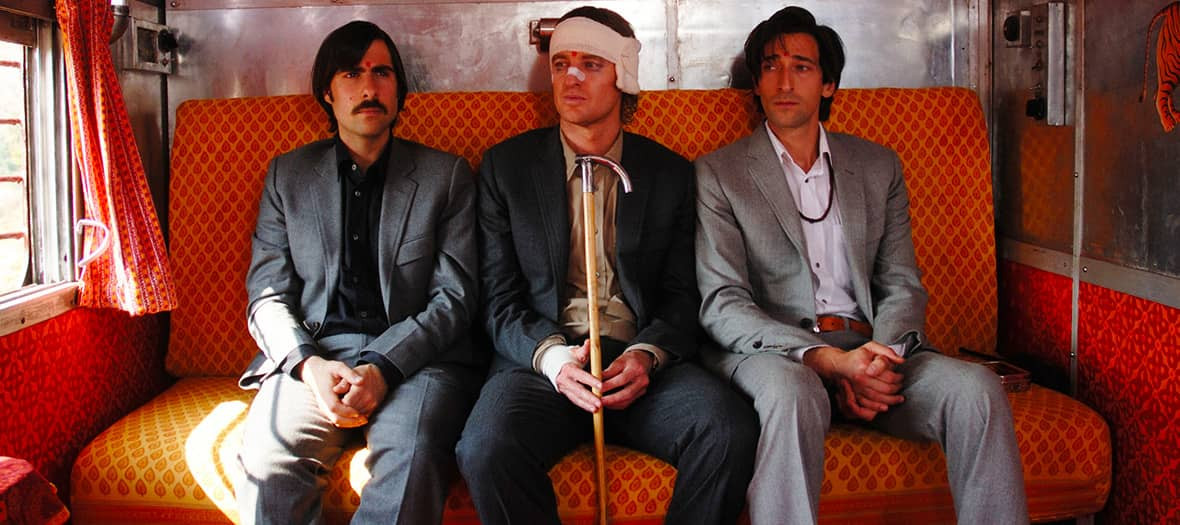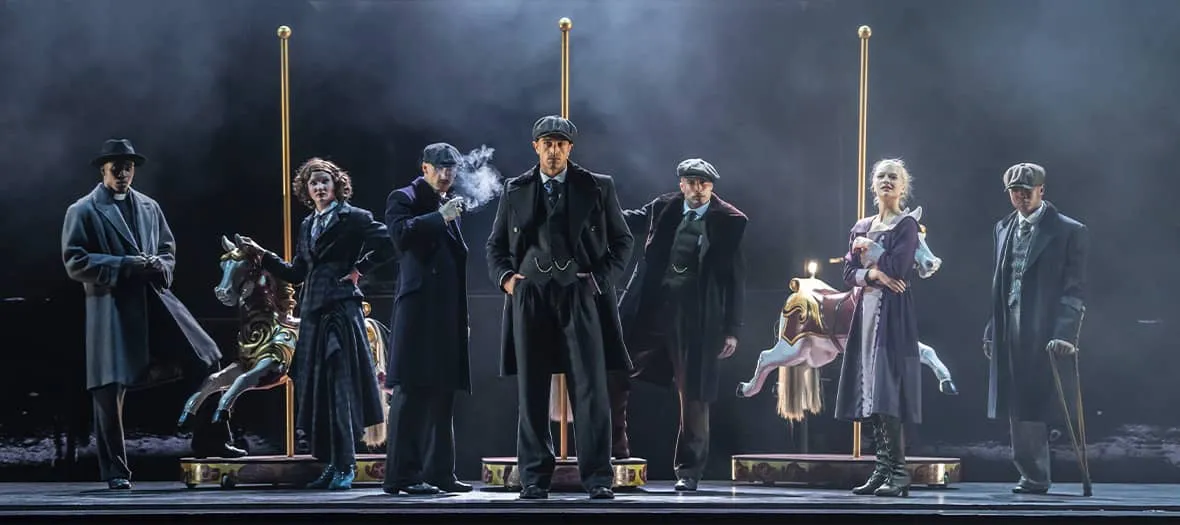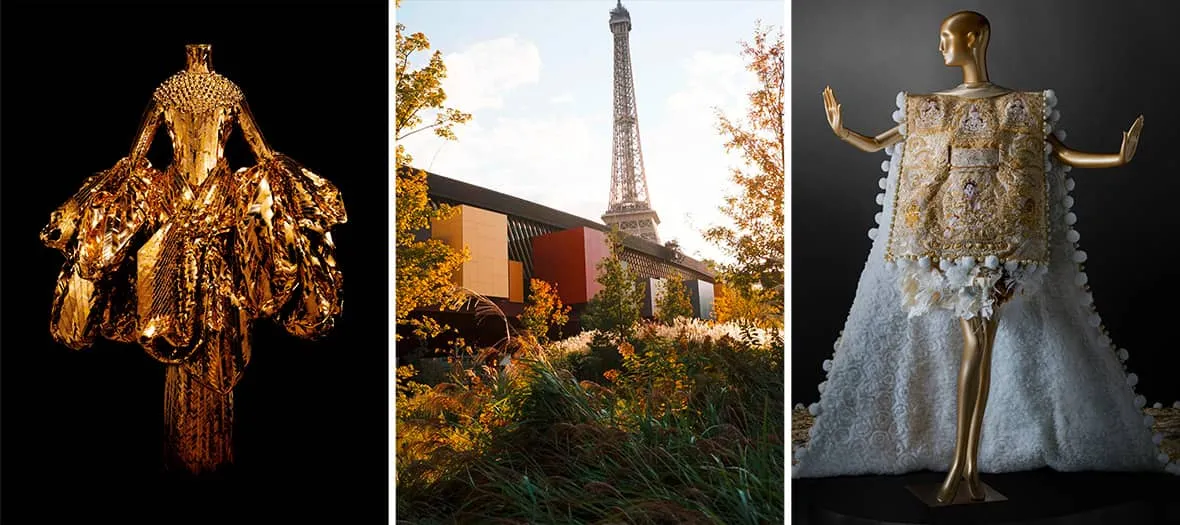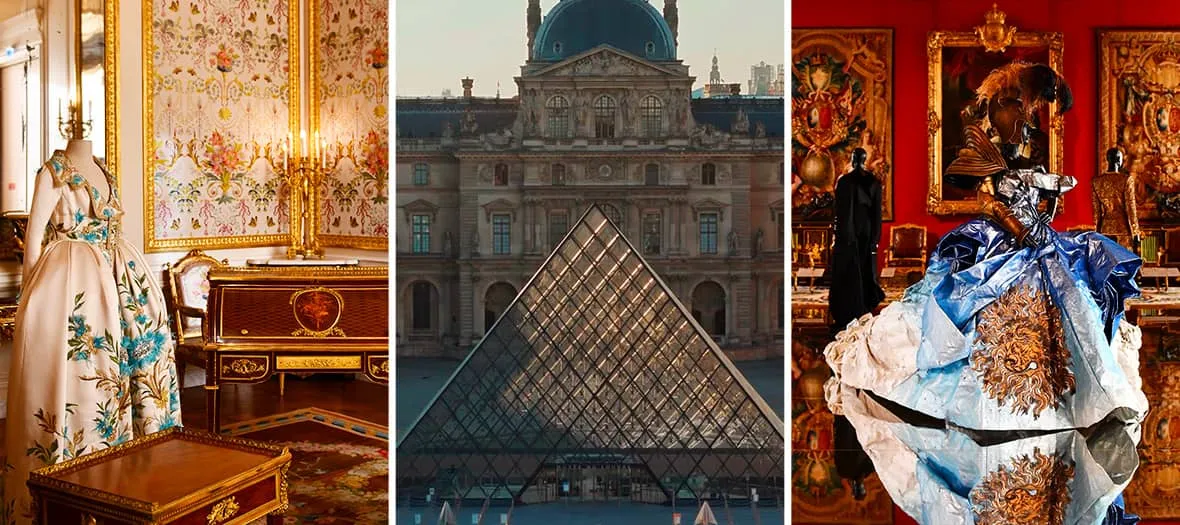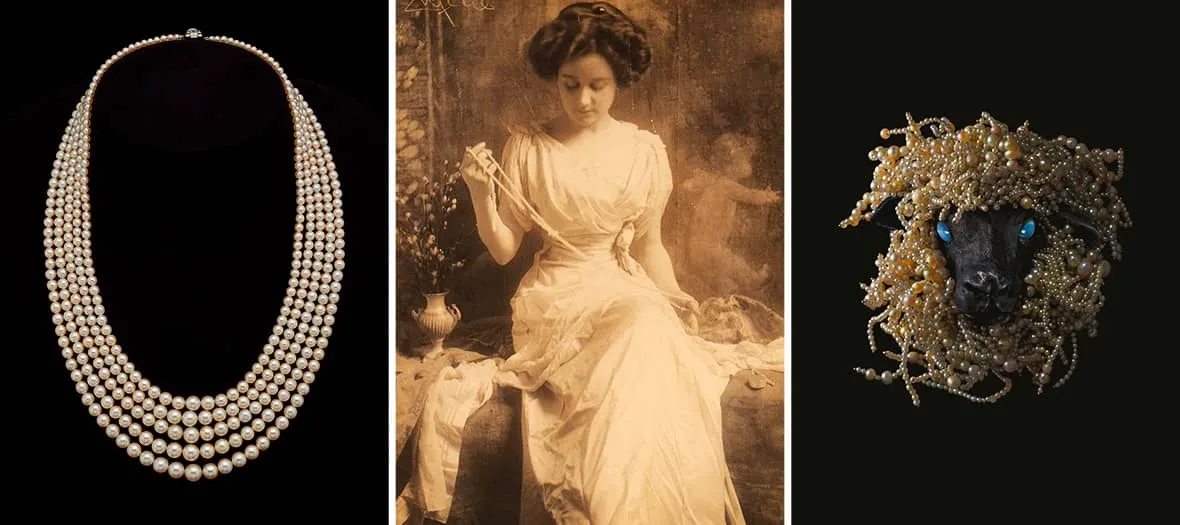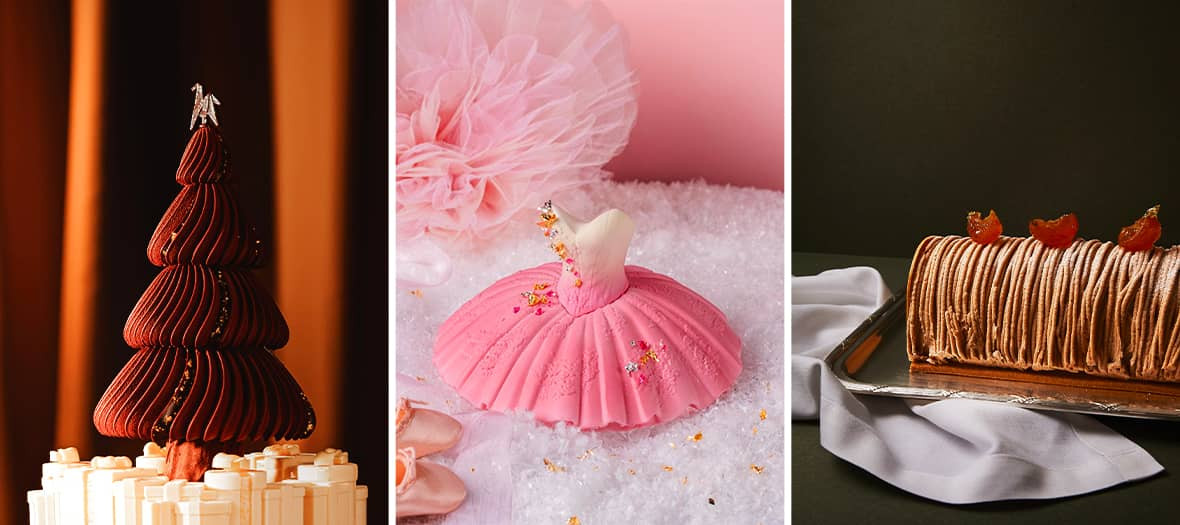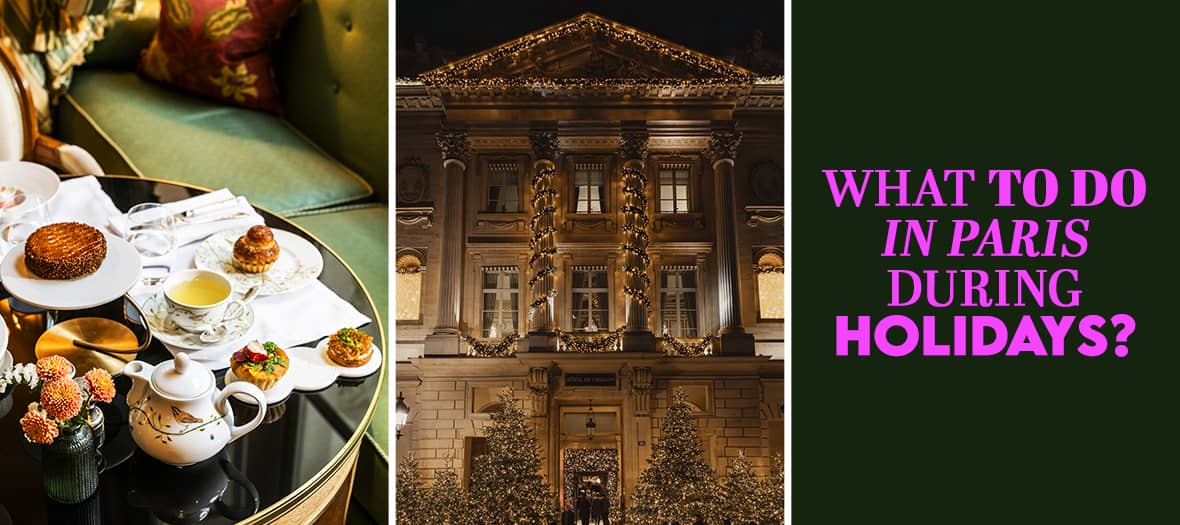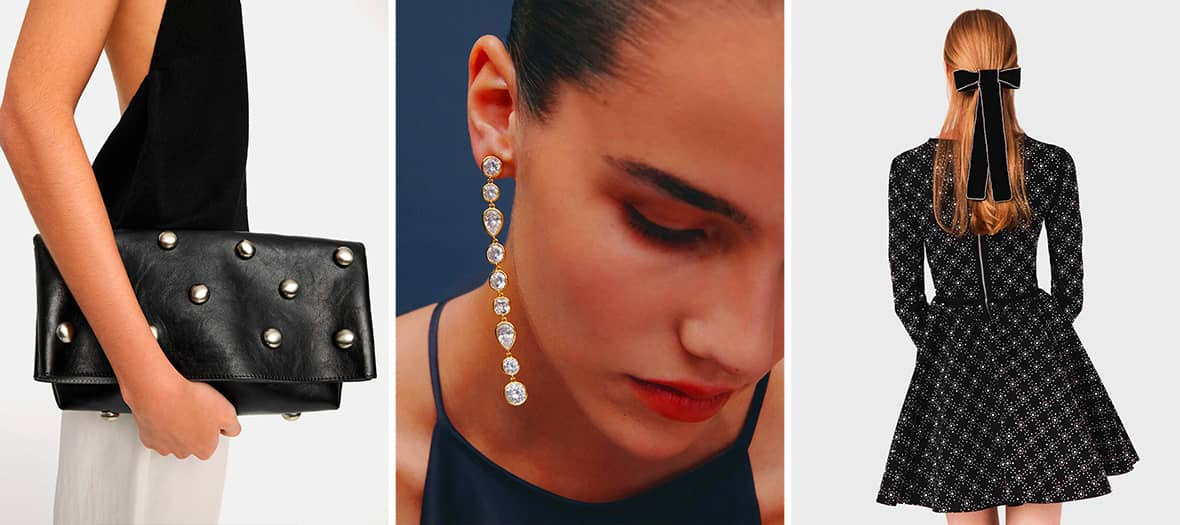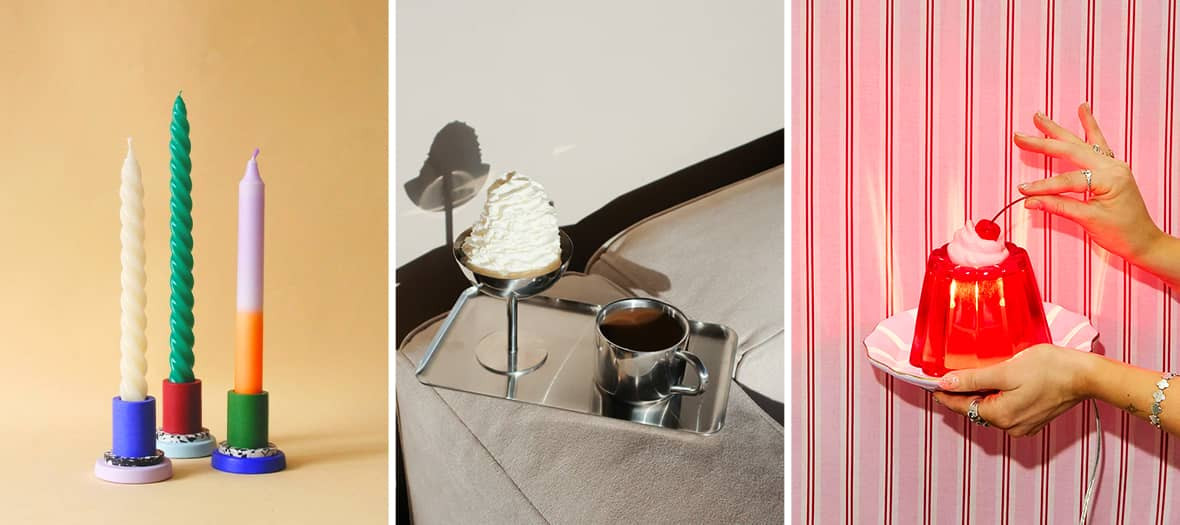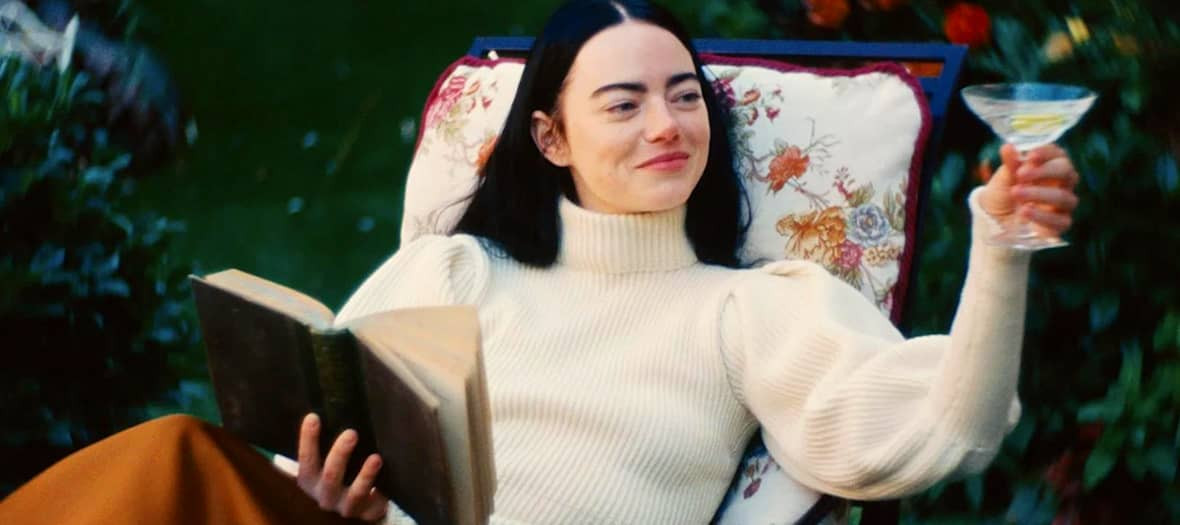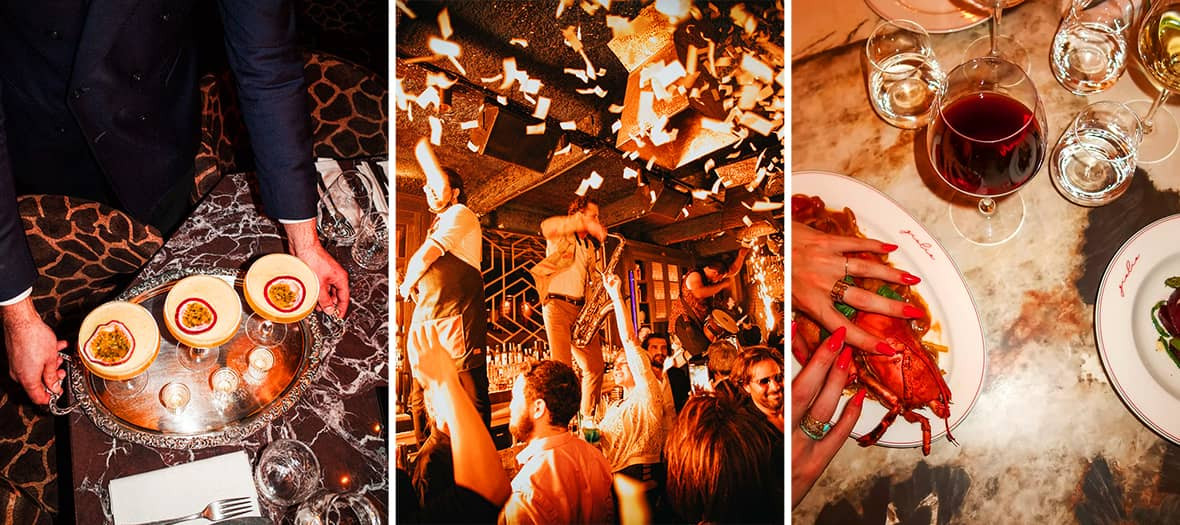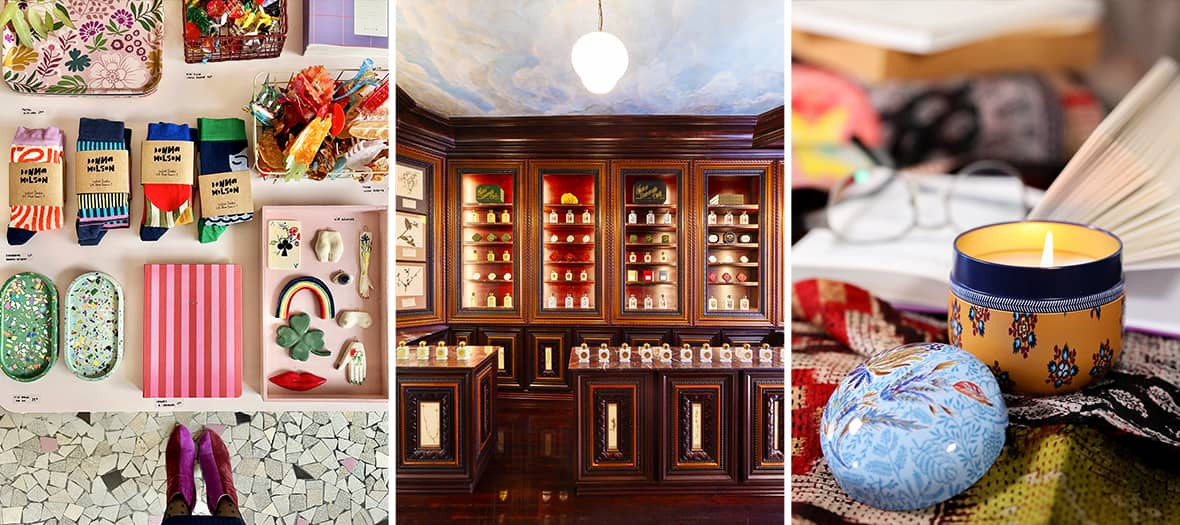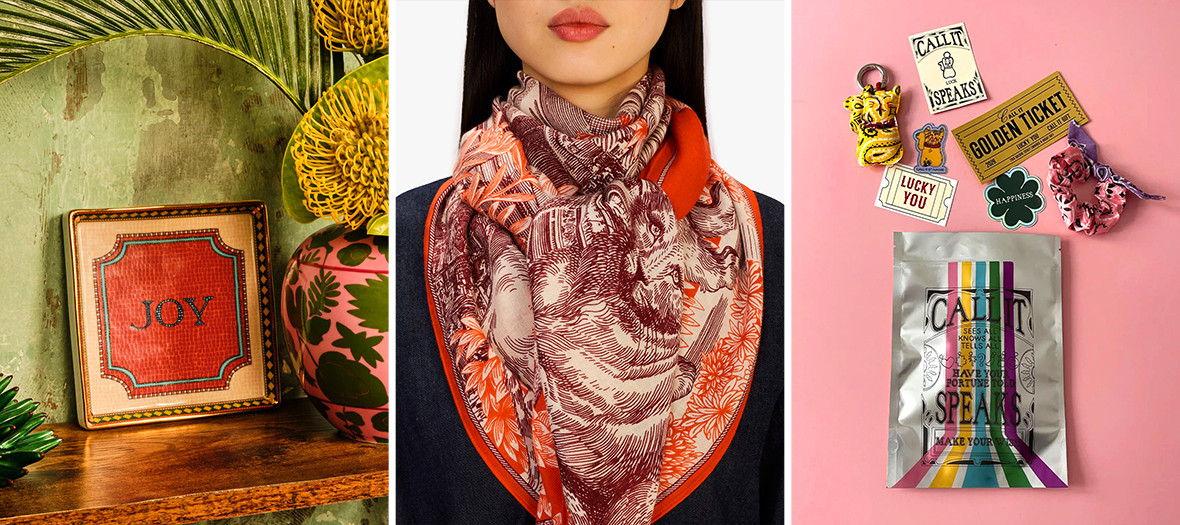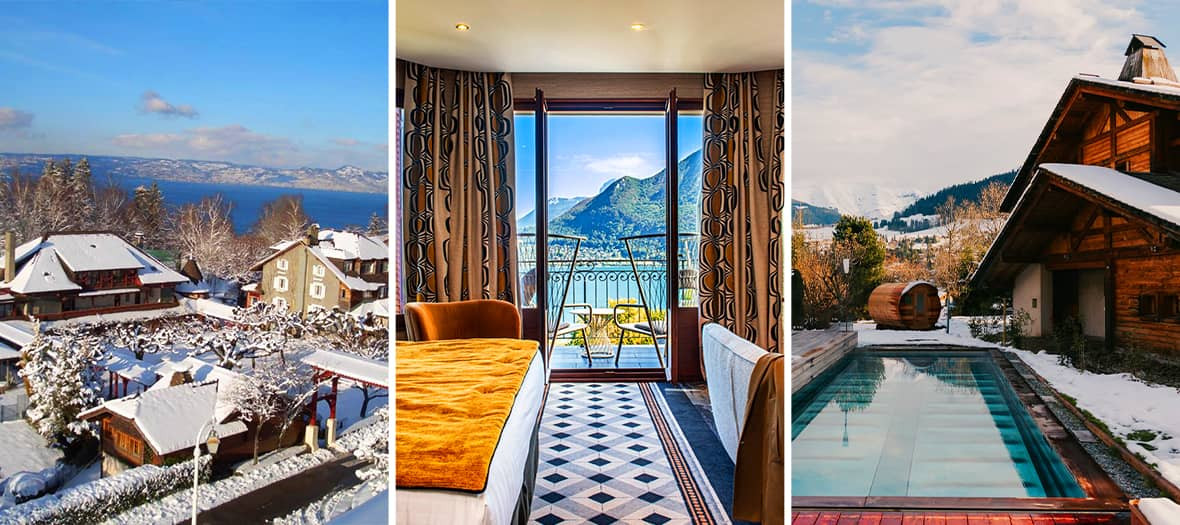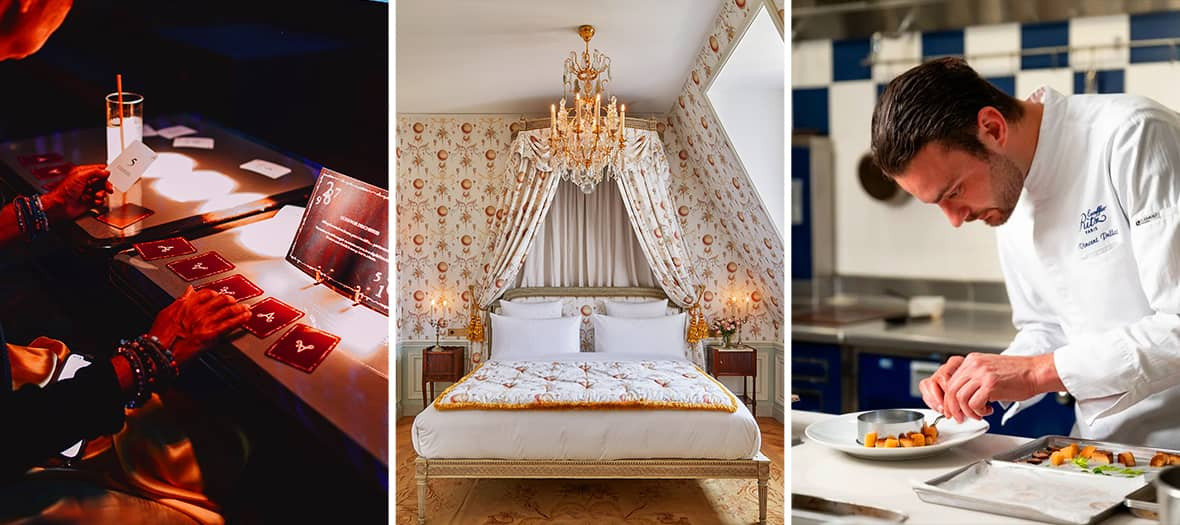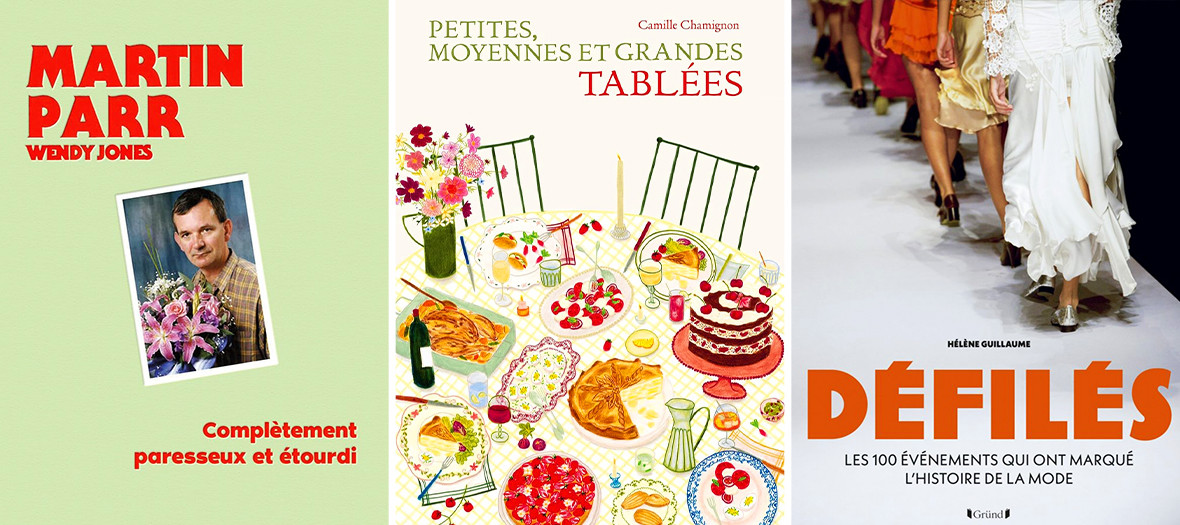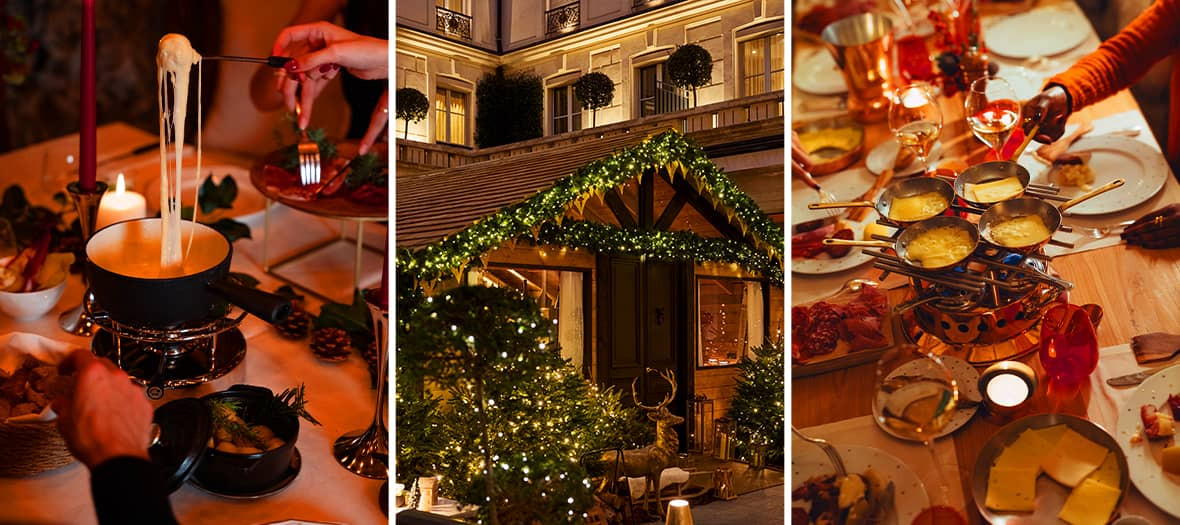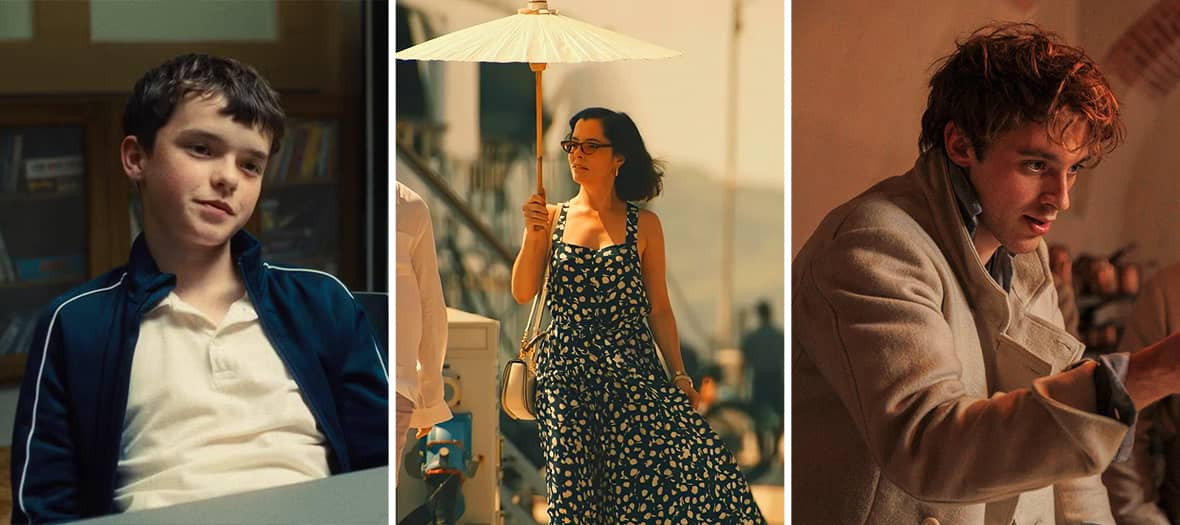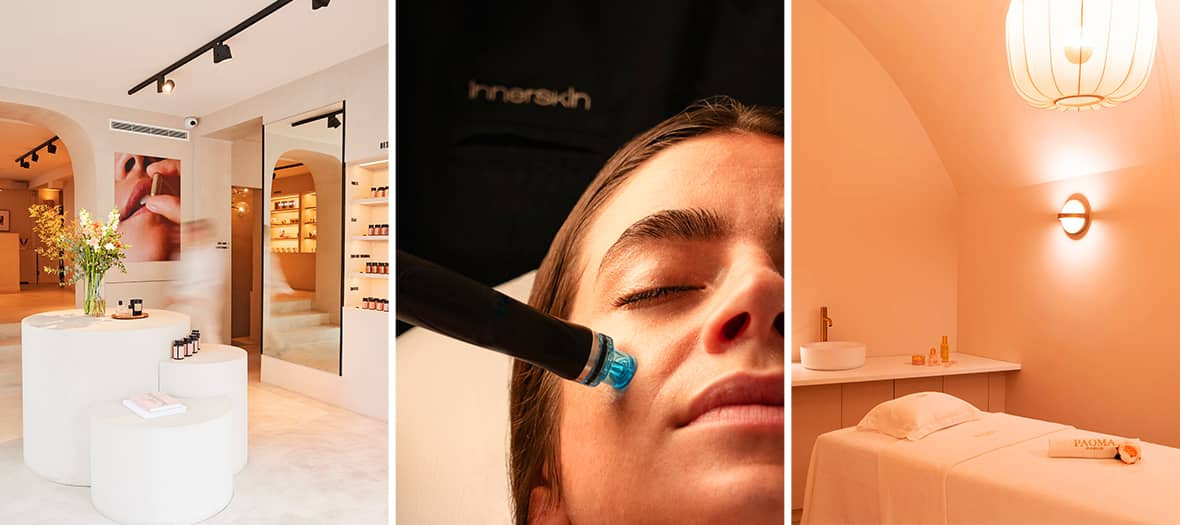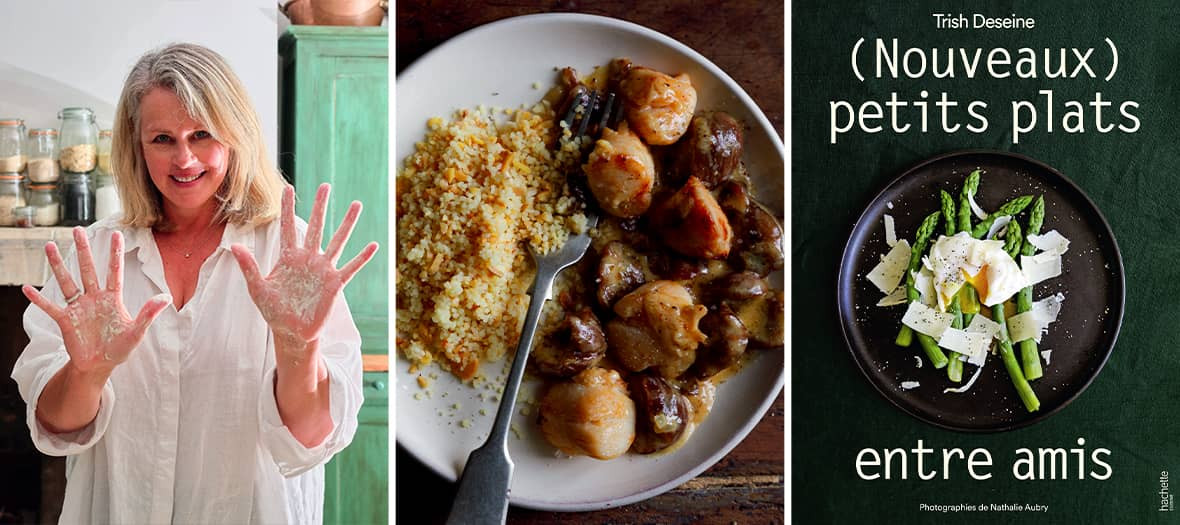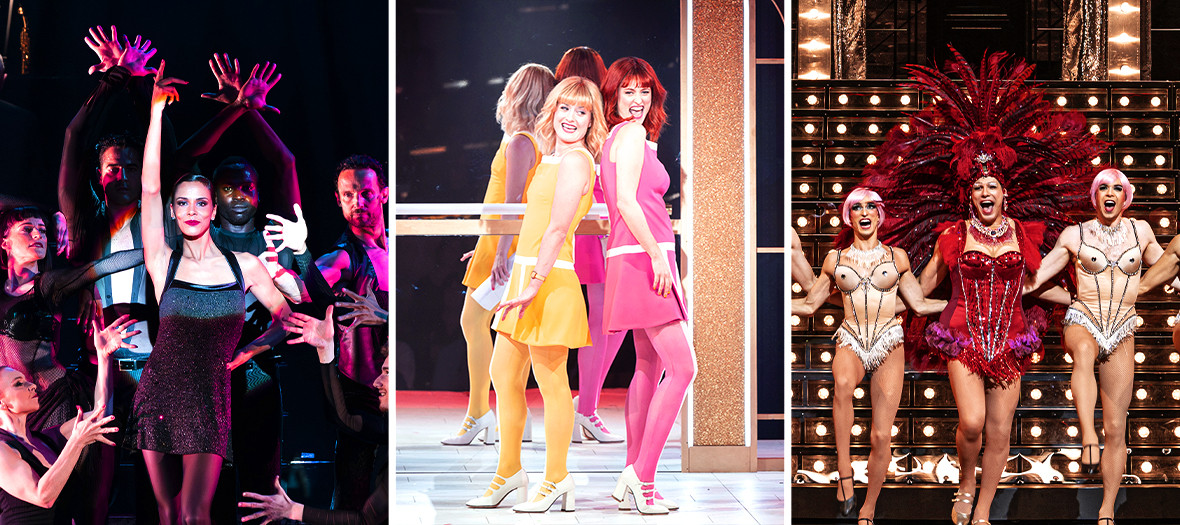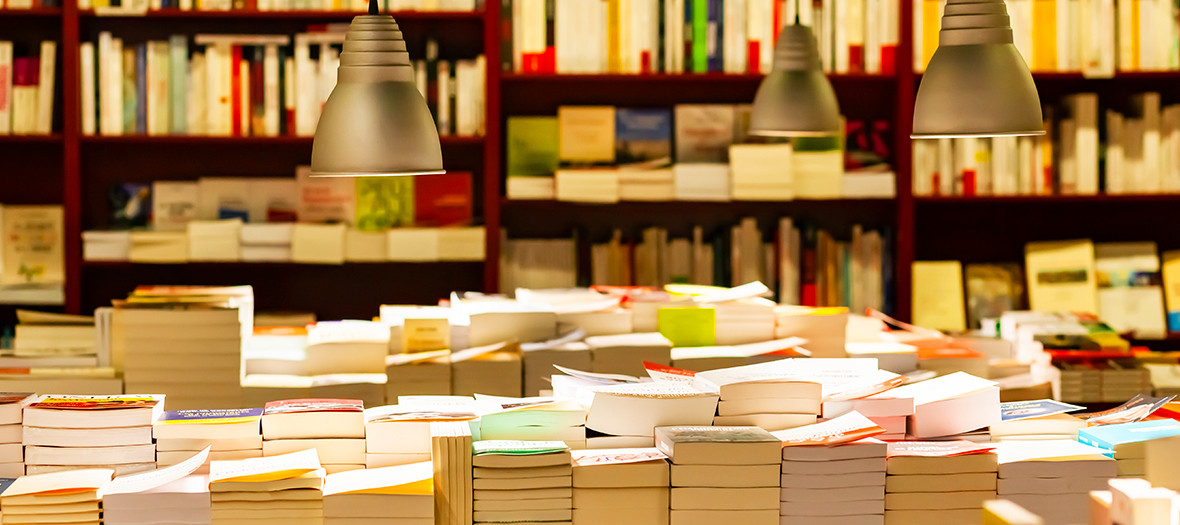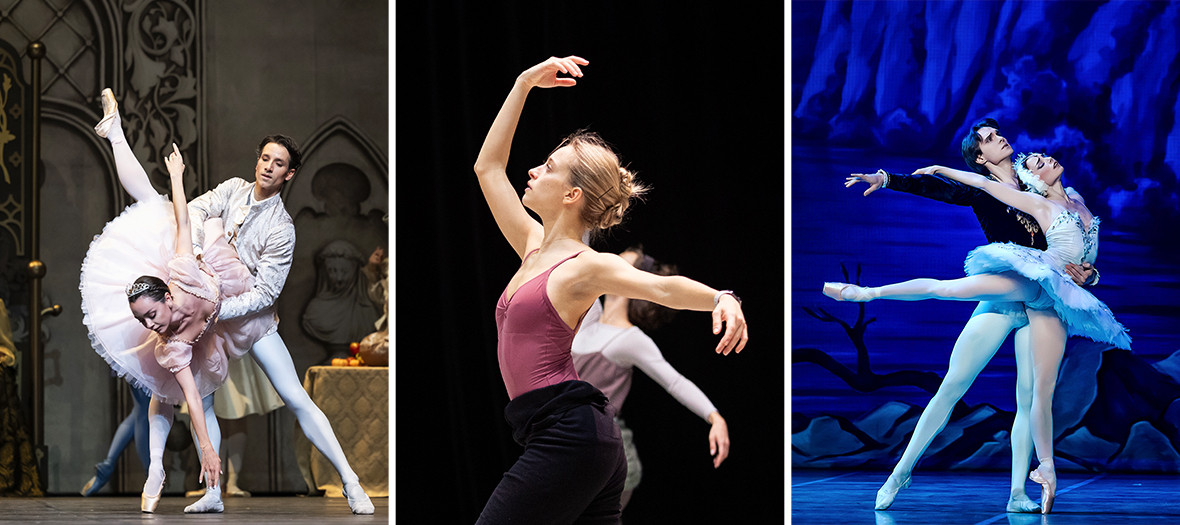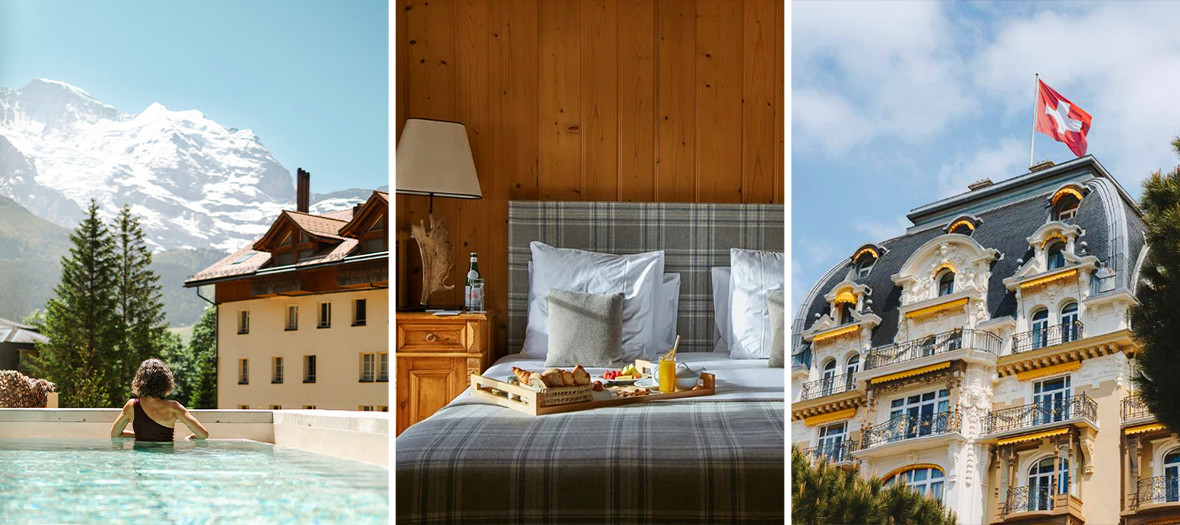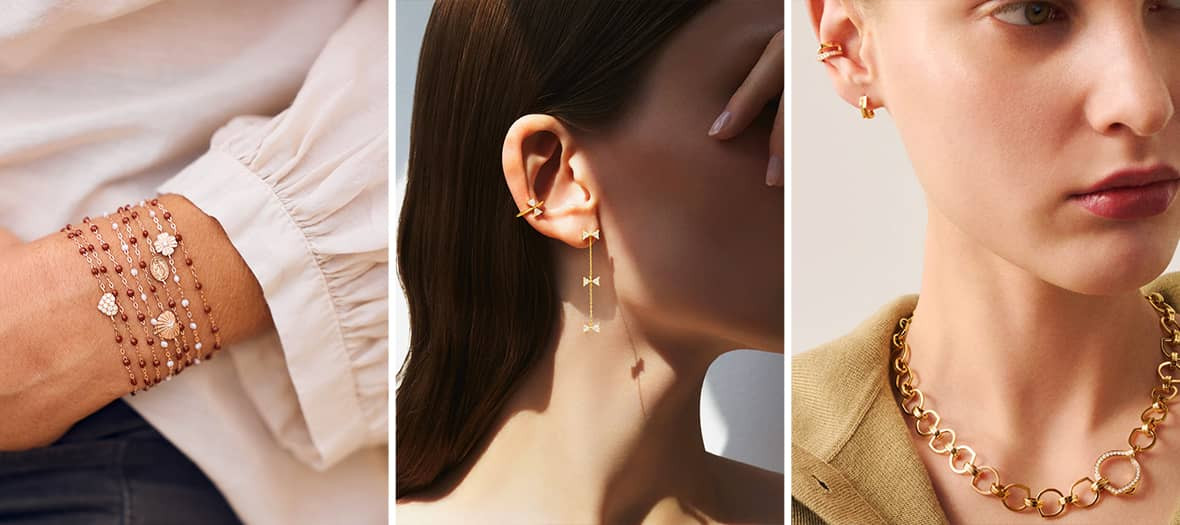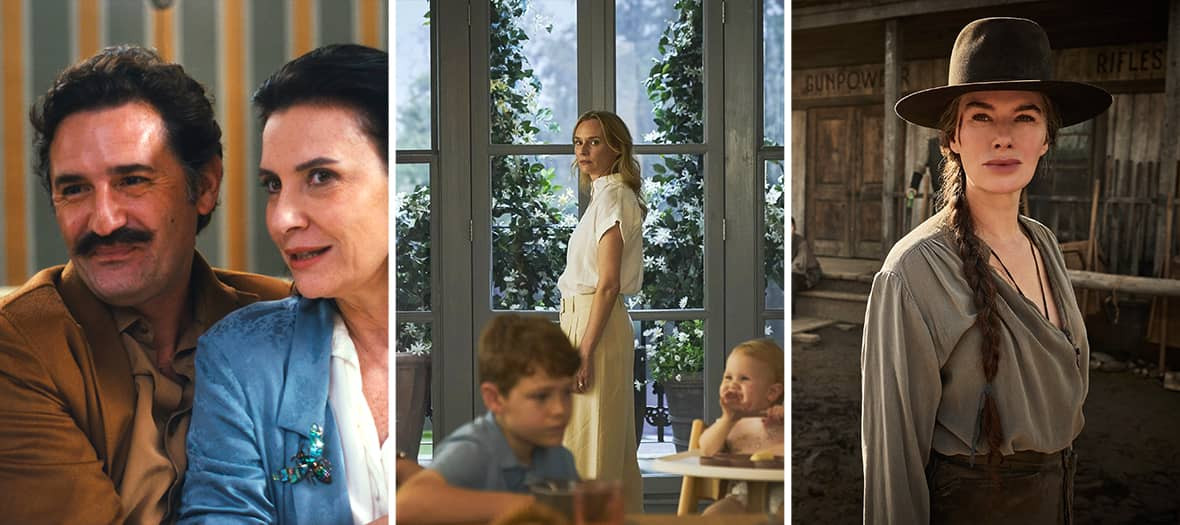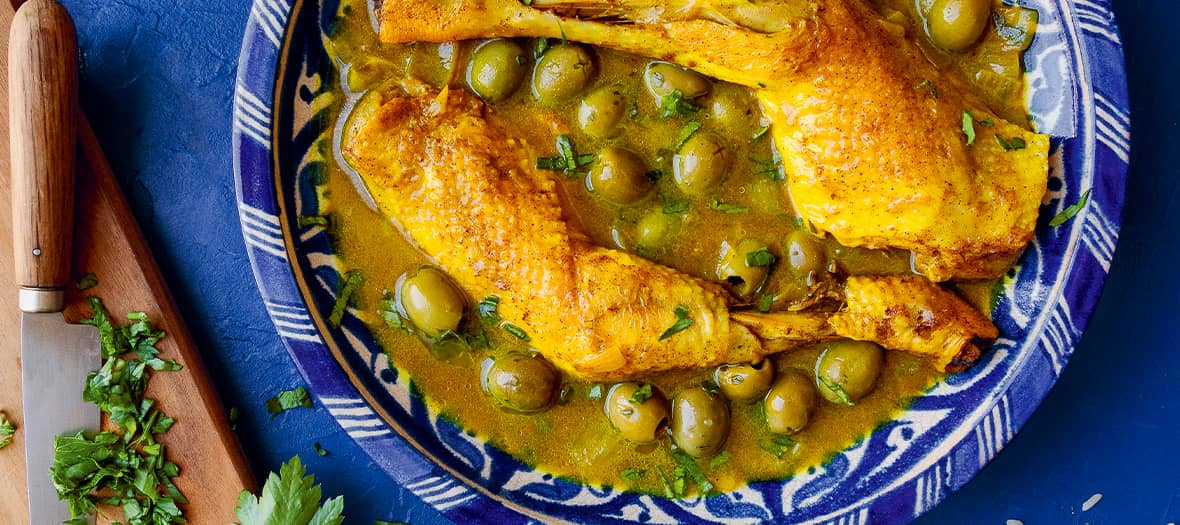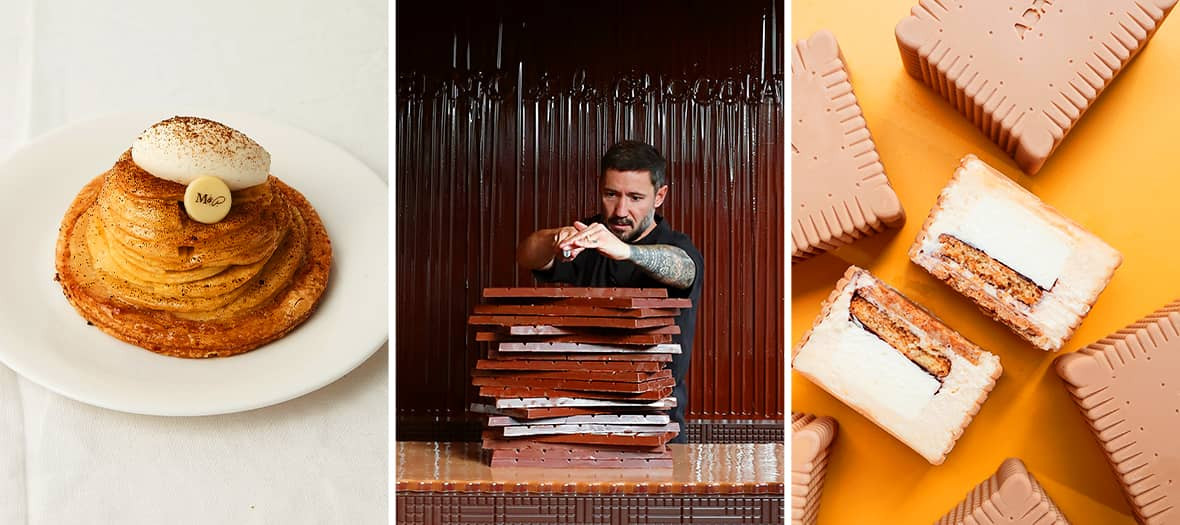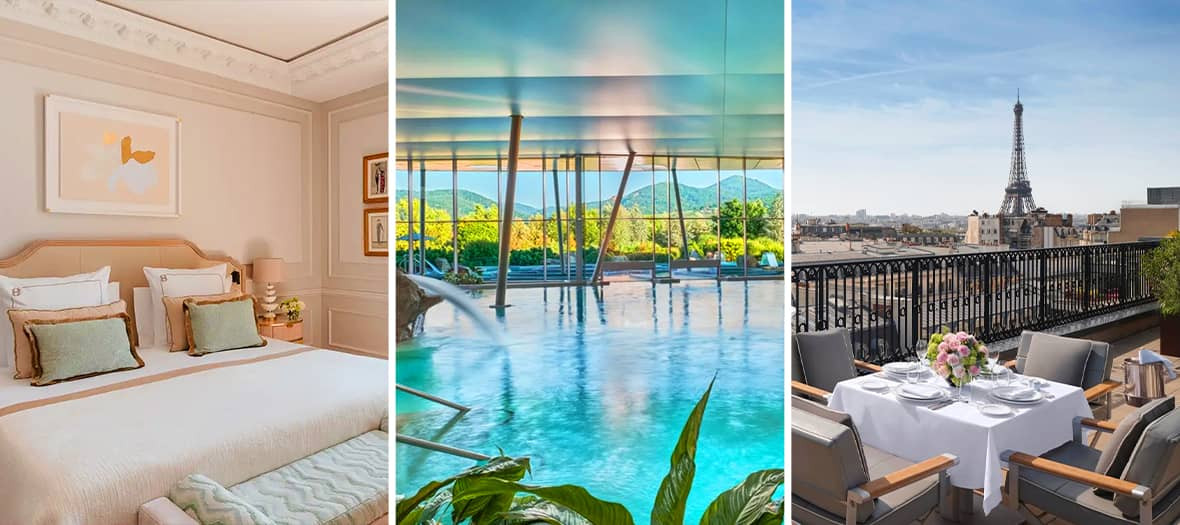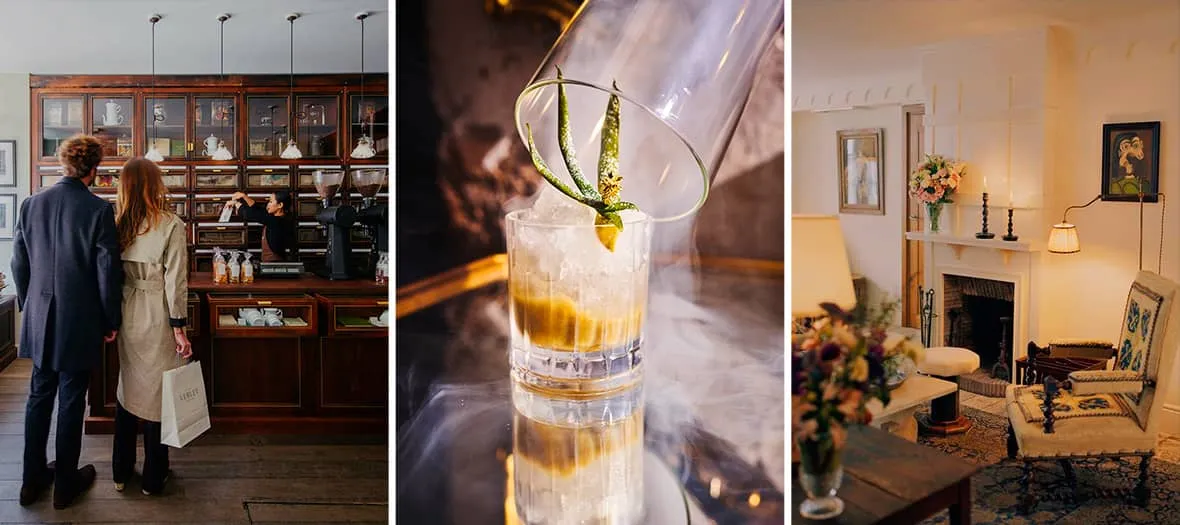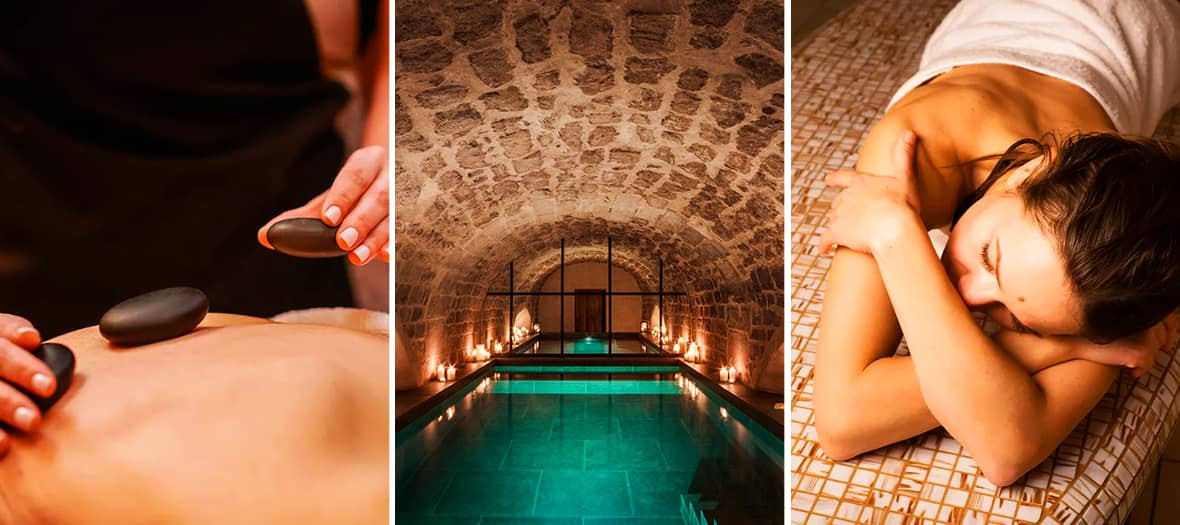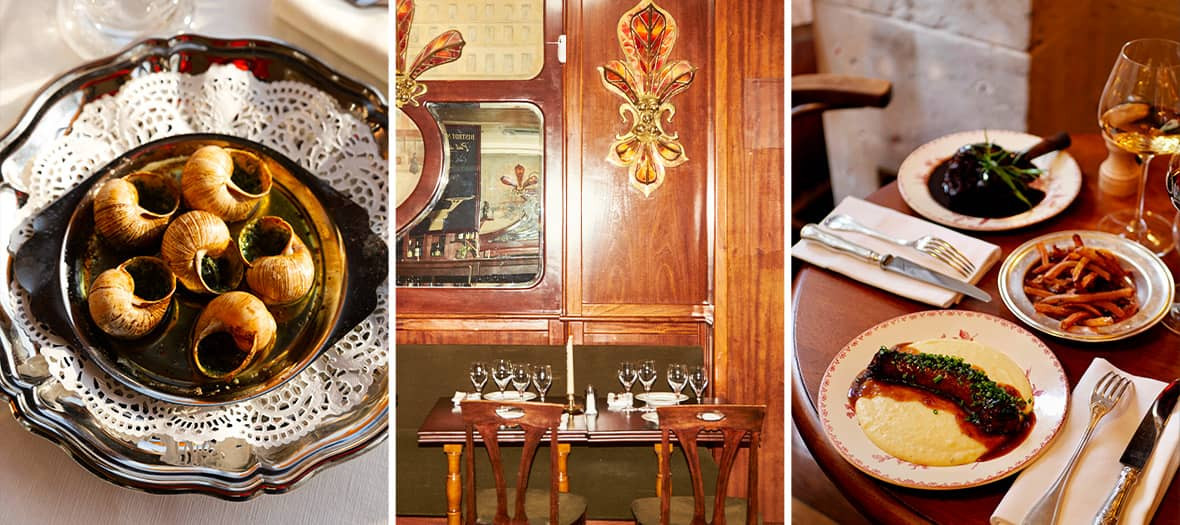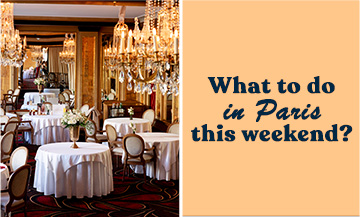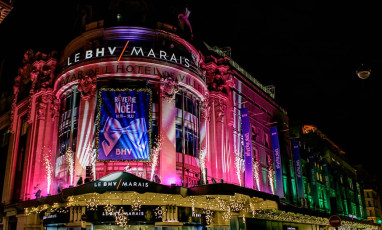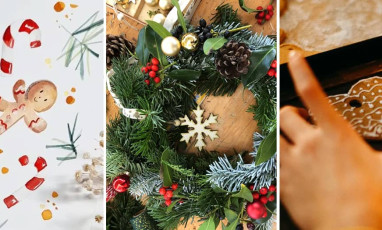© Vincent Everarts Photography / Adagp, Paris, 2024 - As per the heirs' specifications of the Copyright owner or the managing society. Museo Nacional Thyssen-Bornemisza, Madrid / Salvador Dalí, Fundacio Gala-Salvador Dalí / Adagp, Paris 2024.
After the stunning Brancusi retrospective, the Centre Pompidou presents a mind-bending exhibition dedicated to surrealism. To properly celebrate the 100th anniversary of this artistic movement, hundreds of iconic pieces are on display, showcasing 40 years of provocative creation. Magritte, Dalí, Maar, De Chirico, Miró, and Ernst – all are gathered in this dazzling exhibition, running until January 13. Let’s dive in!
What Exactly is Surrealism?
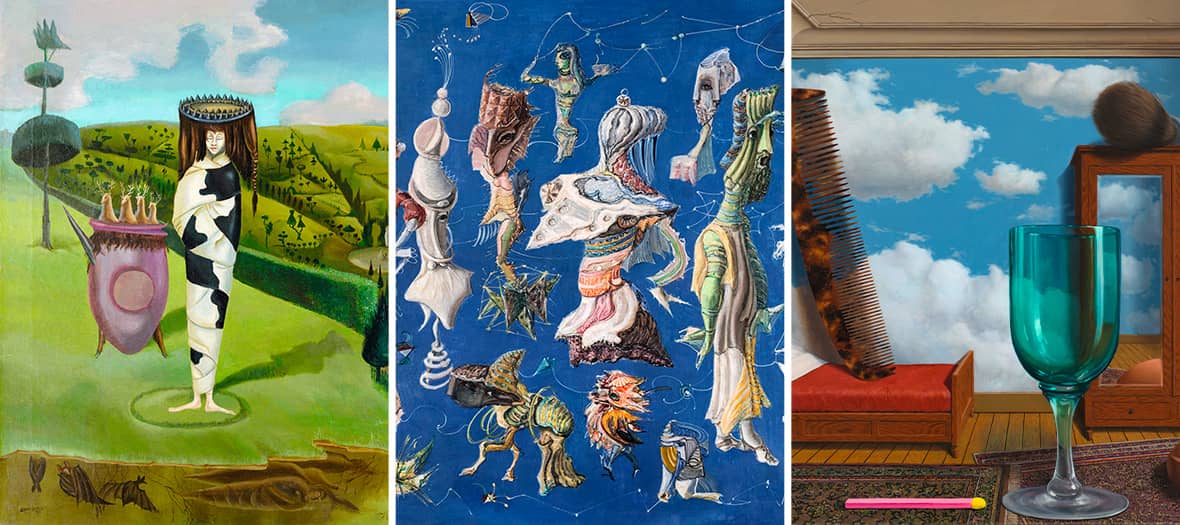
Let’s first remember that surrealism isn’t as easy to grasp as it may seem (we highly recommend booking a guided tour to fully enjoy the exhibition). Emerging from the Dadaist movement, surrealism was officially born in 1924 with André Breton’s Surrealist Manifesto. In the aftermath of World War I and during the unstable interwar period, surrealism championed the power of the mind, encouraging free expression, dreams, and unconscious thoughts beyond conventional norms.
What sets surrealism apart? Its multidisciplinary approach, encompassing all forms of art, from film and poetry to painting and sculpture, all aimed at highlighting the absurdity of the world and the irrationality of human nature. Alongside showcasing signature works from the leaders of surrealism – including Dalí’s iconic Lobster Telephone – the exhibition also honors the women who contributed to this artistic fervor. Among them: Dora Maar (often overshadowed by her lover Picasso), American painter Dorothea Tanning, and Mexican artist Leonora Carrington.
A Passion for Alice in Wonderland
With over 350 works by nearly 130 artists, the Centre Pompidou exhibition covers a broad spectrum of surrealism and its nuances through iconic pieces. Visitors are fully immersed in this bizarre world by entering through a monster’s mouth, leading to André Breton’s original manuscript, now read by the writer himself (his voice recreated via AI). This introduction leads to a spiral-shaped, maze-like path, a recurring surrealist motif meant to disorient visitors.
Spanning 13 rooms, key themes, names, and ideas of the movement are explored. Our favorite? The captivating installation dedicated to Alice in Wonderland by Lewis Carroll. Surrealists were fascinated by the theme of dreamed childhood, and it inspired many. You’ll find a reinterpretation of the tea party in Leonora Carrington’s Tea Time, a room with oversized objects in Magritte’s Personal Values, and Suzanne van Damme’s fantastical hybrid creatures in Surrealist Composition. The unmissable piece? Jean-Claude Silbermann’s sculpture Alice, featuring characters from the story – can you spot the Cheshire Cat and the White Rabbit?
© Digital image, The Museum of Modern Art, New York / Scala, Florence / Adagp, Paris, 2024 - RAW Collection (Rediscovering Art by Women) / All rights reserved - San Francisco Museum of Modern Art / Photo by Katherine Du Tiel / Adagp, Paris, 2024.
Discover also the Galleria Borghese comes to the Musée Jacquemart-André and the must-see exhibitions in Paris this fall.




